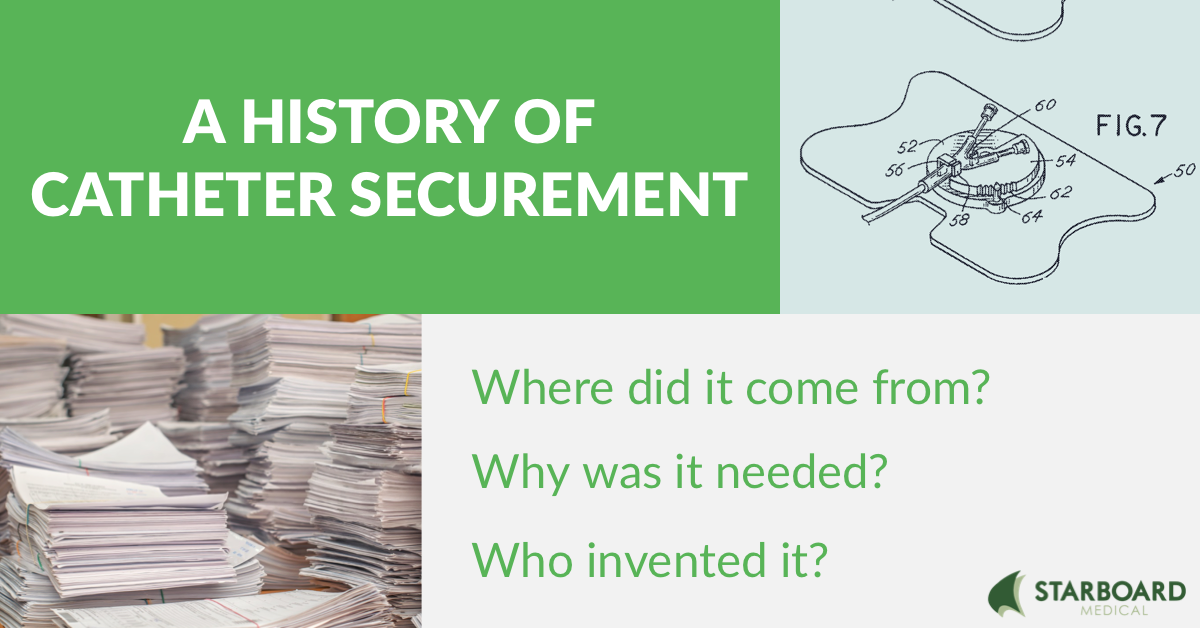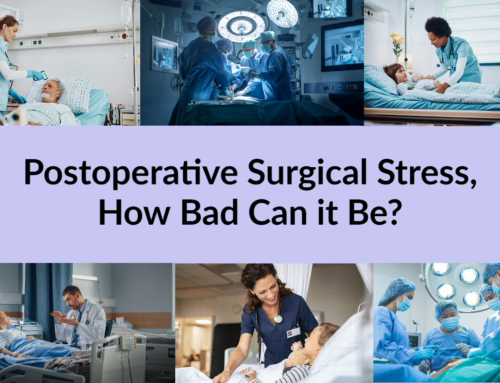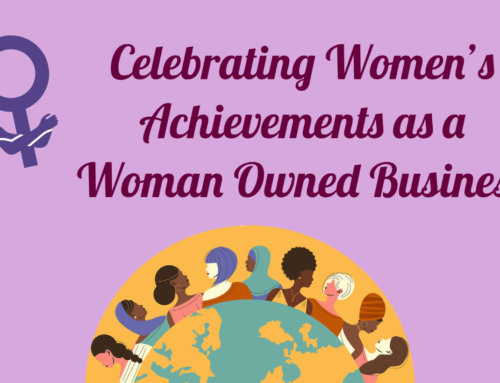Did you ever wonder where catheter securement devices came from, who invented them, who developed them, or why they were ever created in the first place?
The history of catheter securement devices started with a tragedy – a needlestick injury that would change the way catheters are secured for the better.
According to our research, almost 30 years ago, a young, intelligent doctor was working in the emergency room. He was suturing a catheter to a patient when the unimaginable happened. He sustained a needlestick injury. But it wasn’t all that unimaginable. 30 years ago, needlestick injuries accounted for 80% of occupational blood exposure. Injuries happened all the time, but no progress was being made to change it.
His needlestick injury resulted from suturing a catheter, and by virtue of that accident, he uncovered a problem that needed to be solved. Catheters shouldn’t be sutured with a “thread-like” suture and a sharp needle to the patient’s skin. Instead, they can be secured with an adhesive based device. His innovative ideas led to the development of the first “nursing accepted” catheter securement device, which is still widely used today. (We chose no to mention the name of this remarkable doctor and businessman, but I’m sure you all know who he is).
That one accident led him to design and patent several catheter securement devices and start an extremely successful medical device company. It’s interesting to know that today’s most commonly used PICC securement device was designed back in the late 1990s and patented in the early 2000s. Shortly after launching his first securement devices, the demand for these devices grew due to an increased risk of bloodborne pathogen contamination from needlestick injuries and the significant publicity surrounding these life-threatening events.
Coincidentally, in the year 2000, President Bill Clinton signed the Needlestick Safety and Prevention Act, leading to higher standards of safety in the medical workplace. This act led to an explosion of devices engineered to reduce needlestick injury, including catheter securement devices. He developed the right product at the right time and his company did very well because of it. It was needed, backed by legislation, and no one else had one. Eventually, he sold his company to a large medical device manufacturer who still markets his products today.
We applaud this entrepreneurial doctor for his significant innovations that basically created a new market called “catheter securement”. Not only was the timing perfect with needlestick injury prevention being the main driver of change, but introducing a new device into a hospital was a much easier process back then. If you had a new product that offered significant patient or clinical benefits, clinicians and hospitals were eager to learn about it, trial it, and bring better care to their facilities. Today, there’s much more red tape from contracts, GPOs, and teams who would prefer not to look at something new and better. Unfortunately, these practices stifle innovation, the advancement of care, and make the incumbent manufacturers less likely to advance designs. The securement devices he developed have maintained a stronghold in the medical world, becoming the “kleenex” of catheter securement devices. Because of his early entry into the catheter securement market, some call him the “father of catheter securement”.
However, in several of his patents, a certain somebody is cited for their patents for a medical tube clamping structure and tube holders. This “somebody” was none other than Anthony V. Beran, co-founder of Starboard Medical Inc. and designer of several catheter securement devices. So, rather than being the “father of catheter securement”, Tony Beran is surely the “grandfather of securement”.
Tony Beran started making securement devices way back in 1975, nearly a decade before. He invented a securement device for neonatal endotracheal tubes.
His device had features that were specifically developed with patient care in mind. Because it was meant for neonatal patients, the adhesive was more gentle, there was a padded foam base to reduce the risk of device-related pressure injury, and it secured really well. This securement device is still helping babies today. Patient care has always been a priority for us.
Tony, the “grandfather of securement” and his daughter, Kerry, experienced some issues with the catheter securement devices used in hospitals. So they embarked on the path, to develop a new, innovative securement line, and successfully sold this product line to a larger well known medical device company in the vascular access space.
Medical devices are not meant to be stagnant. They are ever-evolving, just like the world around us. They are meant to be changed for the better. That’s why we are always looking for newer and better technologies at Starboard Medical. We always want our products to be the best option available for patients and for clinicians.
Disclaimer: This is the history of securement based on our research of this topic. The first marketed catheter securement devices were manufactured by another company and have nothing to do with Starboard Medical.






